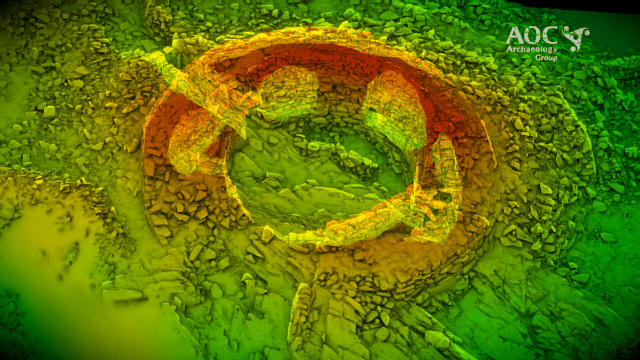
Explore a selection of the artefacts in 3D
During work at Clachtoll, AOC used two digital recording methods to create accurate documentation of the broch and associated finds: laser scanning and photogrammetry.
Photogrammetry involves taking multiple images from all around the object and processing them in software which recognises distinctive features of these objects and, to an extent, digitally reconstructs the object’s geometry.
The second method is laser scanning, which guarantees high accuracy and has been used for years as a standard 3D surveying method. A scanner emits a laser beam which hits the surface of the object and returns to the sensor, recording a precise measurement. Scanners send and record millions of such beams during data capture, and all of them are stored as points in 3D space.
The gallery below presents some of the finds and structures captured in 3D.












